Optimal Timing for Forestry Thinnings
Forestry thinnings are critical for maintaining healthy forests and optimizing timber growth. The timing of these operations can significantly influence forest health, growth rates, and economic returns. Proper scheduling ensures trees are thinned at the most advantageous stages of development, balancing growth potential with forest management goals.
Late winter to early spring is generally considered ideal for forestry thinnings, as soil moisture levels are manageable and trees are dormant.
Thinnings are most effective when trees reach a certain age and size, typically between 10 to 20 years, depending on species and site conditions.
Dry, cool weather minimizes soil compaction and damage to remaining trees, making it a preferred time for thinning activities.
Coniferous forests often require different timing compared to deciduous forests, with conifers generally benefiting from early spring operations.
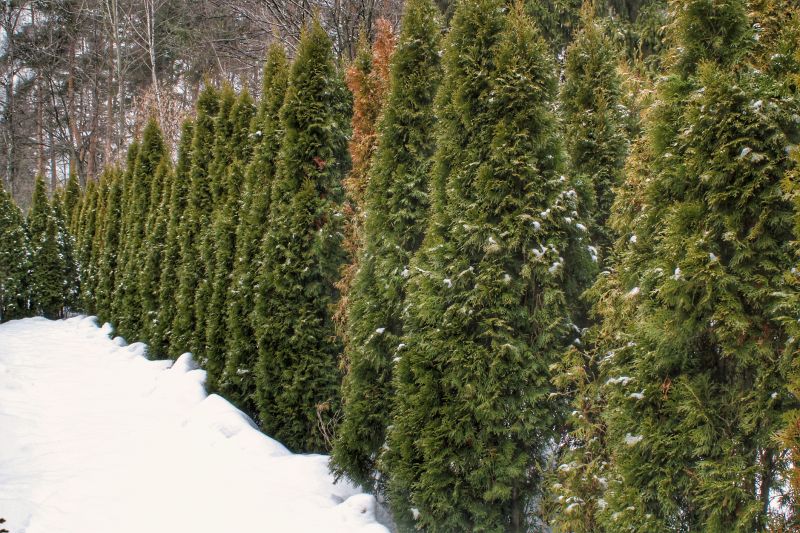
Image depicting thinning operations during late winter, showing dormant trees and dry soil.
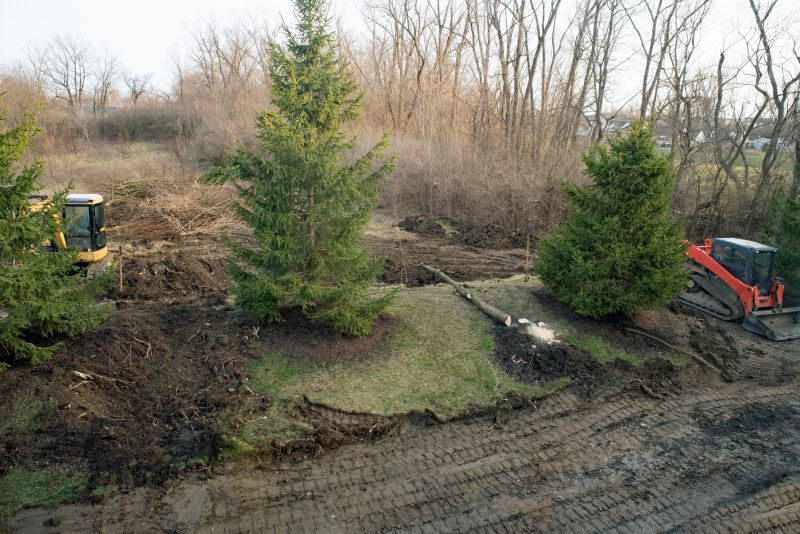
Image of machinery performing thinning in early spring with lush background.
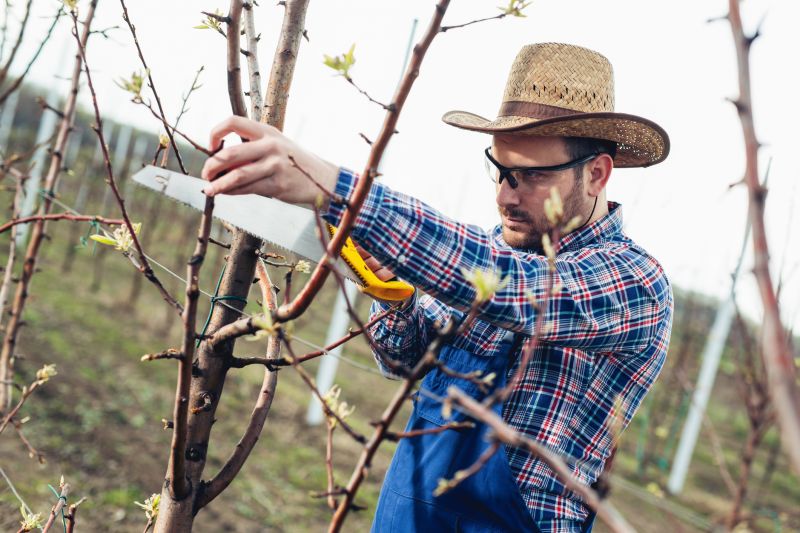
Image illustrating operations during dry weather with minimal soil disturbance.
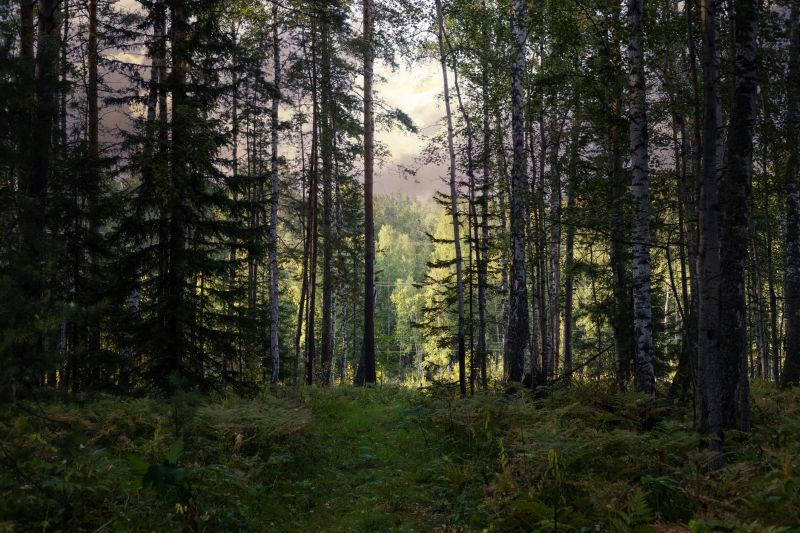
Image showing thinning practices in coniferous woodland areas.

Image of thinning activities in deciduous forests during leaf-off season.
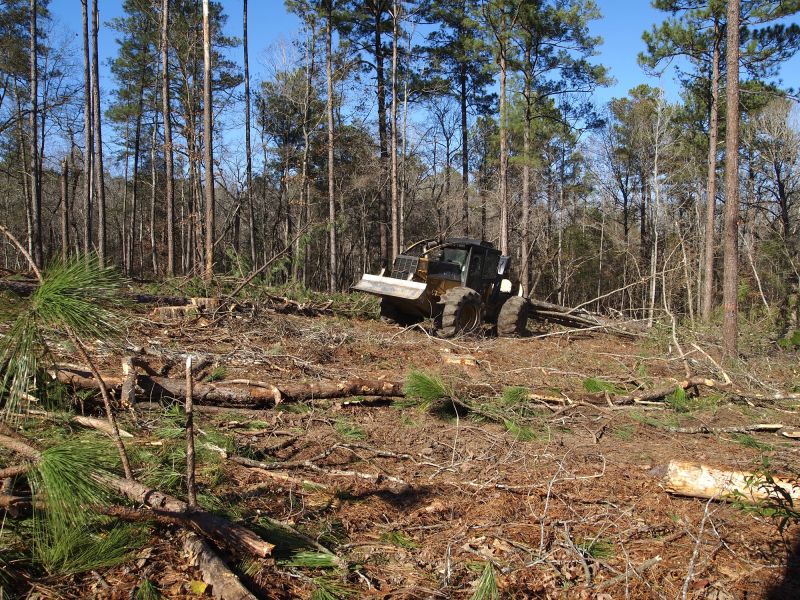
Image of machinery used for forestry thinning operations.

Image emphasizing soil protection measures during operations.

Image showing the forest after thinning, with healthier remaining trees.
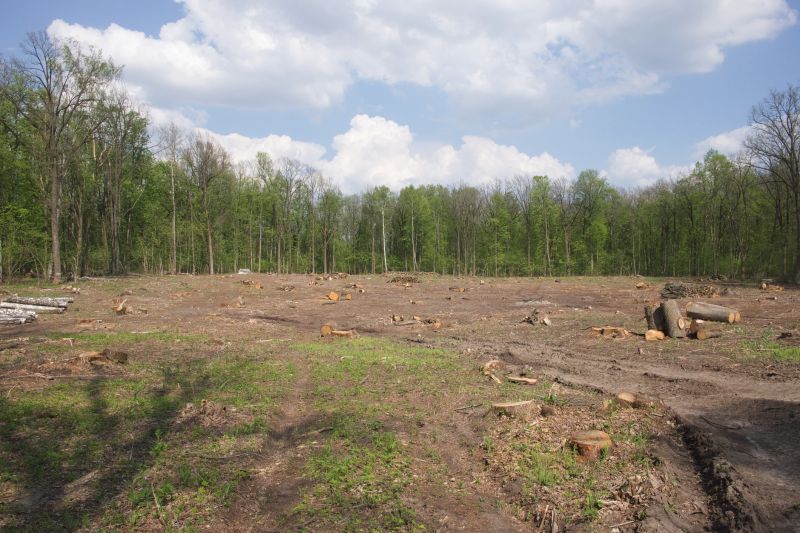
Multi-row image grid depicting thinning activities across different seasons.
| Aspect | Details |
|---|---|
| Ideal Season | Late winter to early spring |
| Tree Age | Typically 10-20 years depending on species |
| Weather Conditions | Dry, cool weather preferred |
| Forest Type | Conifers often in early spring; deciduous varies |
| Operational Timing | Avoid wet or stormy periods |
| Soil Impact | Minimize soil disturbance by choosing dry periods |
| Market Timing | Align with timber market cycles |
| Environmental Considerations | Prevent soil erosion and ecosystem damage |
Statistics indicate that thinning operations can enhance timber volume growth by up to 20 percent and improve forest resilience. Conducting thinnings at optimal times minimizes environmental impact and maximizes economic returns. The choice of timing depends on forest type, local climate, and operational goals, making it essential to consider multiple factors for successful management.
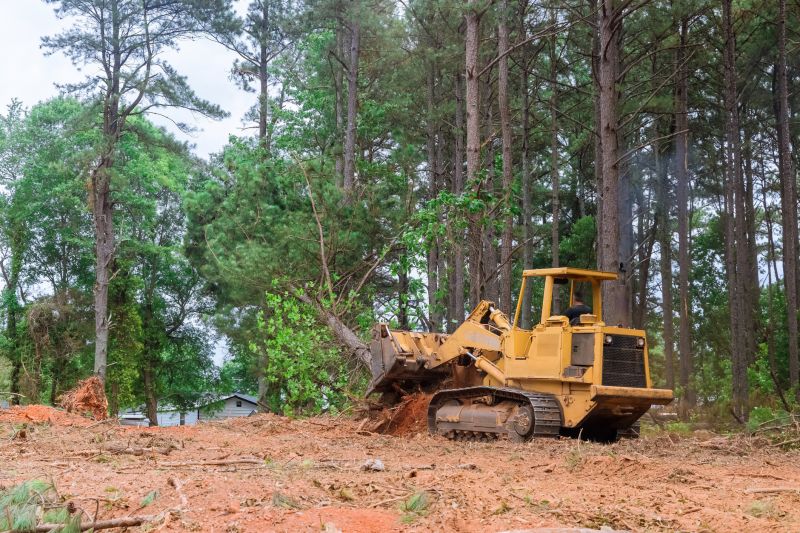
Image of forestry machinery working during dormant season.
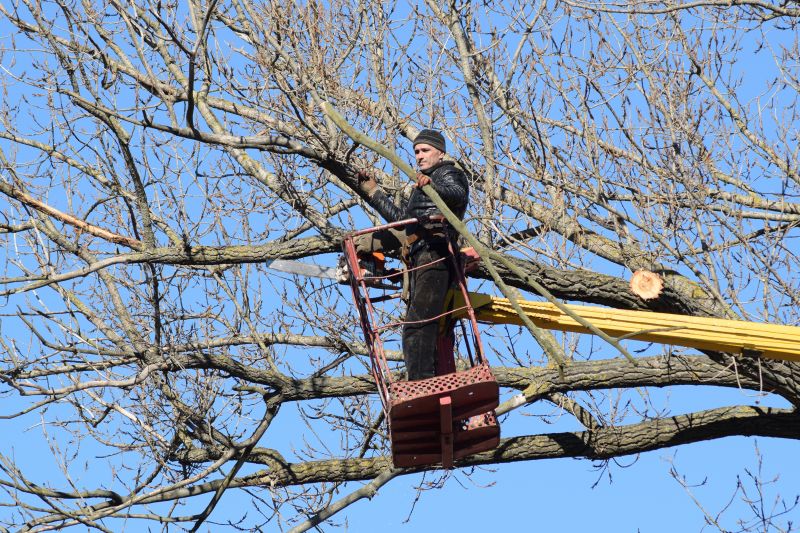
Image of crews performing thinning in springtime.
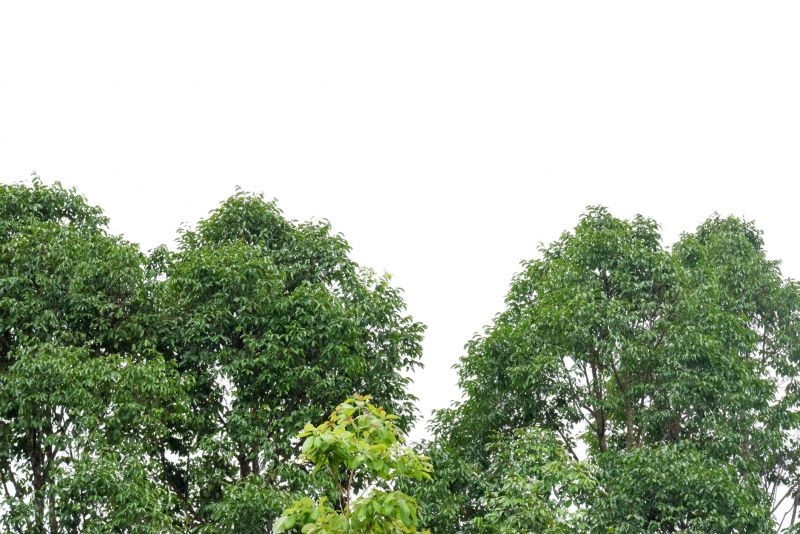
Image showing improved forest structure after thinning.
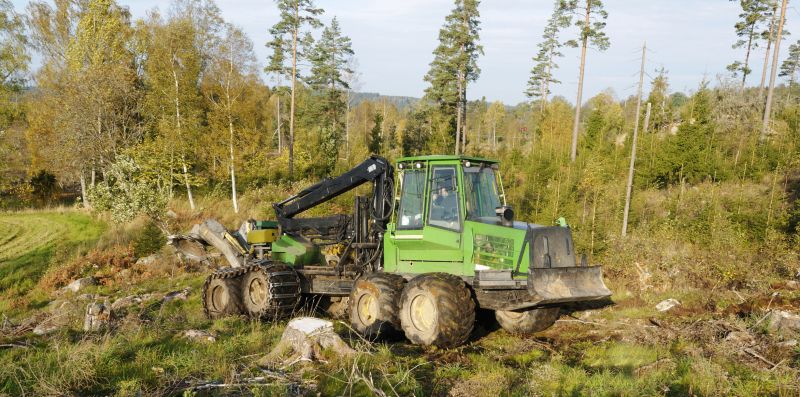
Image of timber being extracted with specialized equipment.
Interested parties are encouraged to contact for more information about scheduling forestry thinnings at optimal times. Proper timing enhances forest health, timber quality, and operational efficiency, making it a key component of sustainable forest management practices.
